Classify the following volcanoes by type and status. When you are finished, click “Check” to see your results and revisit any that you missed.
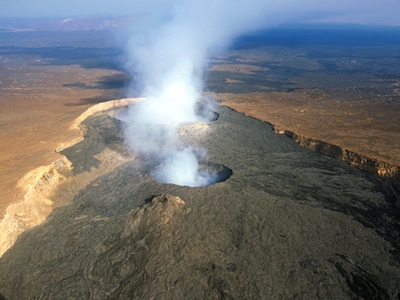
Image Credit: filippo_jean, CC BY-SA 2.0 |
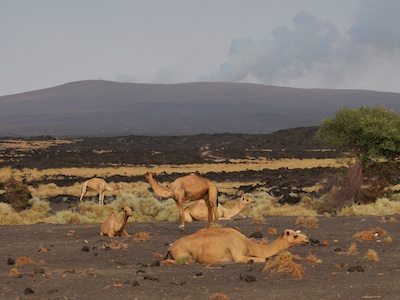
Image Credit: © A.Savin, Wikimedia Commons |
Name: Erta Ale
Location: Afar Region, Ethiopia
Data:
- The name means “smoking mountain” in the local Afar language.
- It has almost continuously had a lava lake, which sometimes overflows on the south side of the volcano.
- A major eruption in 2005 killed 250 head of livestock and caused many people to flee.
- Another eruption occurred in 2017.
- Fissure eruptions have occurred recently on the volcano’s flanks.
- It has a very broad in shape—it is about 600 m tall and 50 km wide.
|
Type: |
|
 | |
Status: |
|  |
|
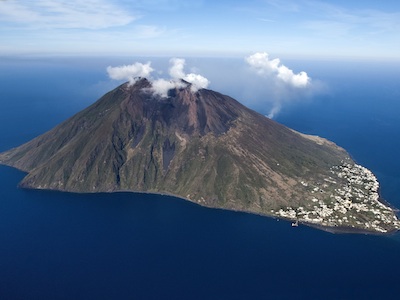 |
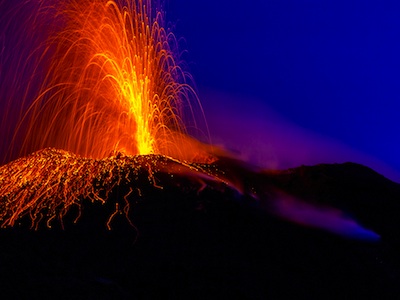 |
Name: Stromboli
Location: Mediterranean Sea north of Sicily, Italy
Data:
- It has been in almost continuous eruption for the past 2,000 years. The most recent eruption was in 2013–2014.
- Explosive eruptions occur at the summit crater.
- It forms an island 2 km wide. Its base begins over 1,000 m below sea level and rises over 900 m above sea level.
- The name of the volcano comes from the term Strombolian eruptions, which are short, quick blasts of lava.
|
Type: |
|
 | |
Status: |
|
 |
|
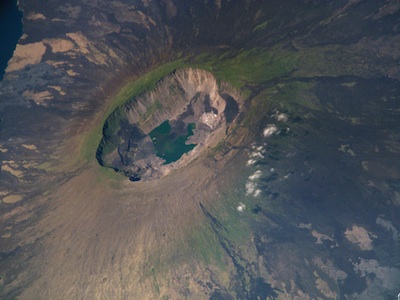
Image Credit: NASA |
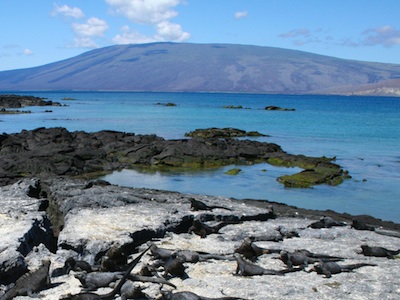 |
Name: La Cumbre (Fernandina Island)
Location: Galápagos Islands, Ecuador
Data:
- It has been erupting since 2009.
- Effusive eruptions occur from the summit caldera area and from fissures along the flanks. Lava flows reach the ocean.
- Explosive eruptions have also occurred, causing the caldera floor to collapse.
- It forms an island 6.5 km wide and rises nearly 1,500 m from the ocean surface.
|
Type: |
|
 | |
Status: |
|
 |
|
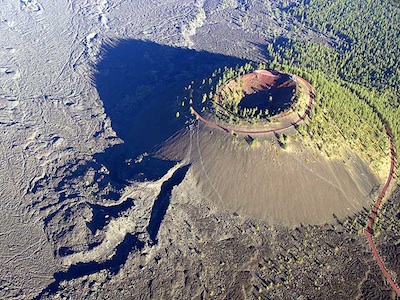 |
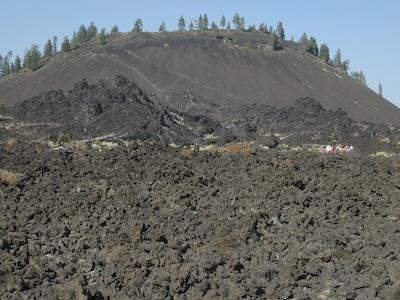 |
Name: Lava Butte
Location: Oregon, United States
Data:
- It has erupted only once, about 7,000 years ago.
- The eruption spewed hot ash and cinder to form the cone shape.
- It is part of the larger Newberry Volcano (a shield volcano).
- It stands about 155 m tall, with a summit crater from 20 m to 50 m deep.
|
Type: |
|
 | |
Status: |
|
 |
|
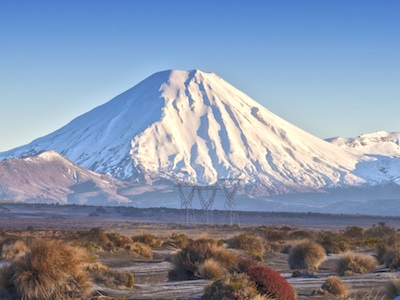 |
 |
Name: Ngauruhoe
Location: North Island, New Zealand
Data:
- It is the highest peak in a group of volcanoes called the Tongariro volcanic complex.
- It first erupted about 2,500 years ago.
- Explosive eruptions and lava flows have occurred several dozen times since the 1800s. Most recent eruption was in 1977.
- Fun fact: Was used to portray Mount Doom in the Lord of the Rings movies.
|
Type: |
|
 | |
Status: |
|
 |
|
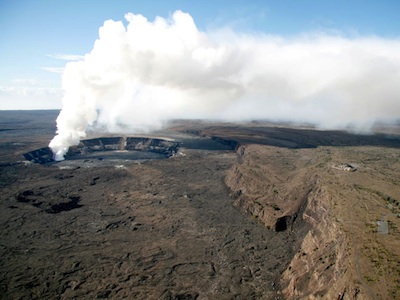
Image Credit: U.S. Geological Survey |
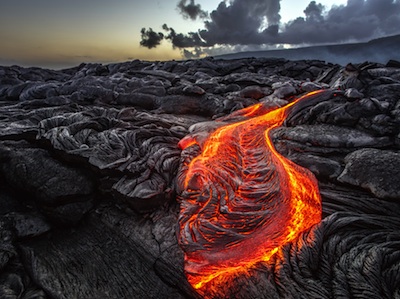 |
Name: Kīlauea
Location: Hawaiʻi, United States
Data:
- It has had ongoing effusive eruptions since 1983.
- Lava flows have covered hundreds of square kilometers and added new land to the coastline of Hawaiʻi.
- It has a summit caldera contains a crater with a lava lake.
- It has two rift zones (East Rift Zone and Southwest Rift Zone) between the summit and the ocean.
- It is considered to be the home of the goddess Pele from Hawaiian legends.
|
Type: |
|
 | |
Status: |
|
 |
|
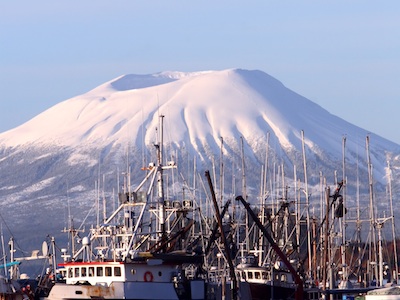 |
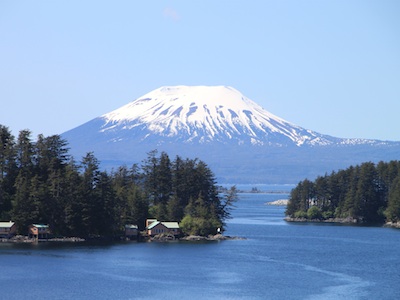
|
Name: Mount Edgecumbe
Location: Alaska, United States
Data:
- It last erupted around 2200 BC.
- A series of explosive eruptions occurred about 9,000 – 13,000 years ago.
- Stands 970 m tall, with a well-defined crater.
|
Type: |
|
 | |
Status: |
|
 |
|
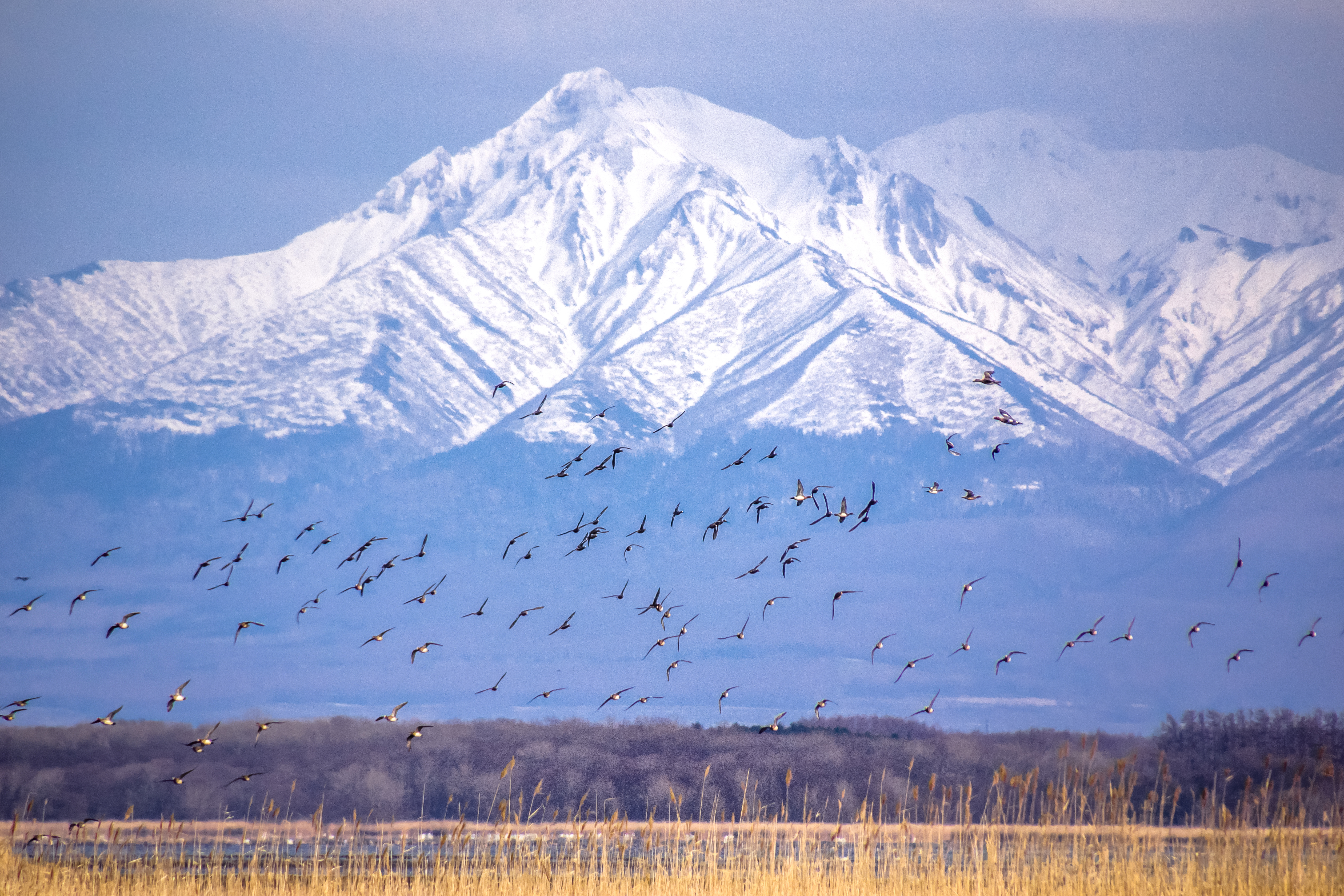 |
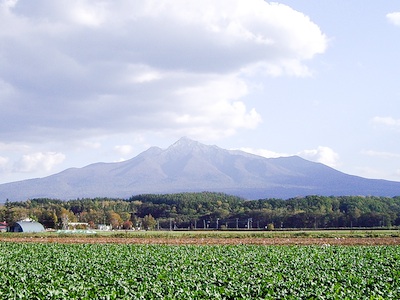 |
Name: Mount Shari
Location: Hokkaido, Japan
Data:
- It was last active about 300,000 years ago.
- It is formed of alternate layers of hardened lava and ash.
- It stands 1,070 m tall.
- It is one of Japan’s 100 most famous mountains.
|
Type: |
|
 | |
Status: |
|
 |
|
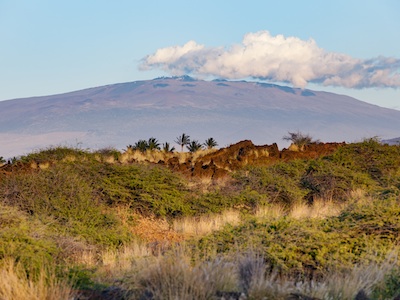 |
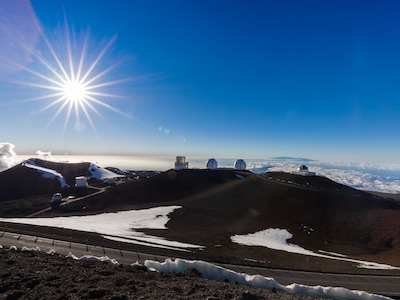 |
Name: Mauna Kea
Location: Hawaiʻi, United States
Data:
- The last eruption was around 4,500 years ago.
- Effusive eruptions from this and nearby volcanoes have built up the island of Hawaiʻi over many years.
- It rises 4,207 m and spreads broadly at its base.
- It may reawaken; its history shows long breaks in activity between past eruptions.
- Scientists built an observatory at the summit.
|
Type: |
|
 | |
Status: |
|
 |
|
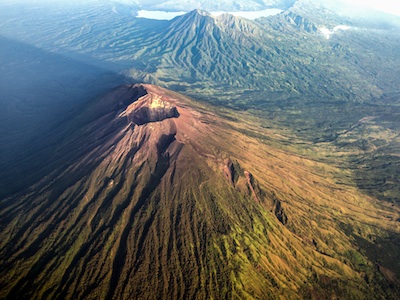 |
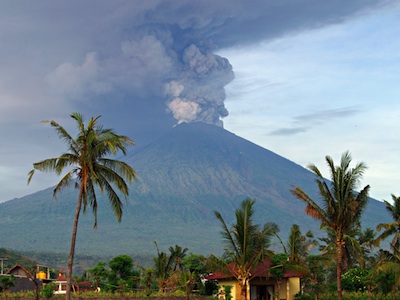 |
Name: Gunung Agung
Location: Bali, Indonesia
Data:
- It erupted in 2017 and was still erupting as of August, 2018. Thousands of people fled the area and flights were suspended.
- Explosive eruptions send up huge ash clouds.
- It rises over 3,000 m high, and forms the tallest peak on the island of Bali.
- It is the site of an important temple for the Balinese people.
|
Type: |
|
 | |
Status: |
|
 |
|
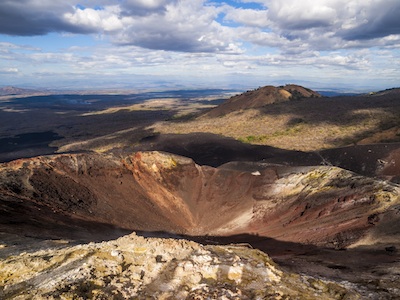 |
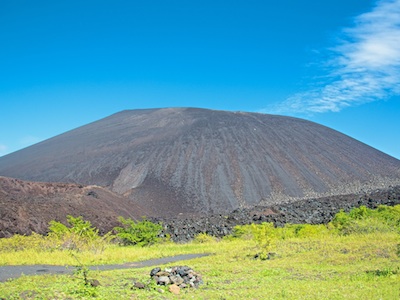 |
Name: Cerro Negro
Location: León, Nicaragua
Data:
- It is one of the youngest volcanoes in Central America.
- It first appeared in 1850.
- Explosive eruptions of ash and volcanic debris have occurred every few years to every few decades.
- Falling ash sometimes damages towns and crop fields nearby.
- Frequent eruptions have changed the volcano’s shape and size.
|
Type: |
|
 | |
Status: |
|
 |
|